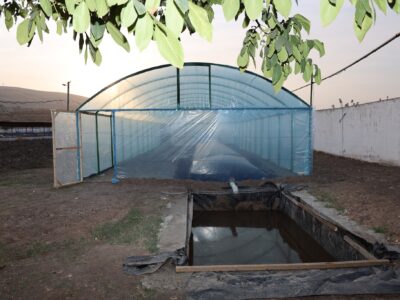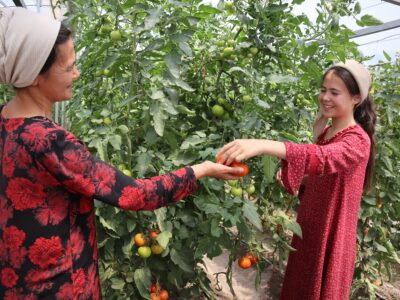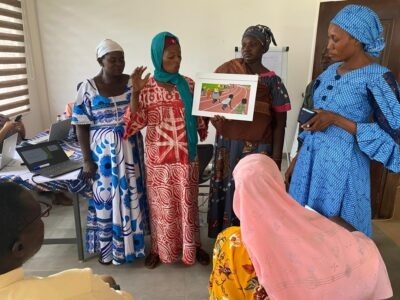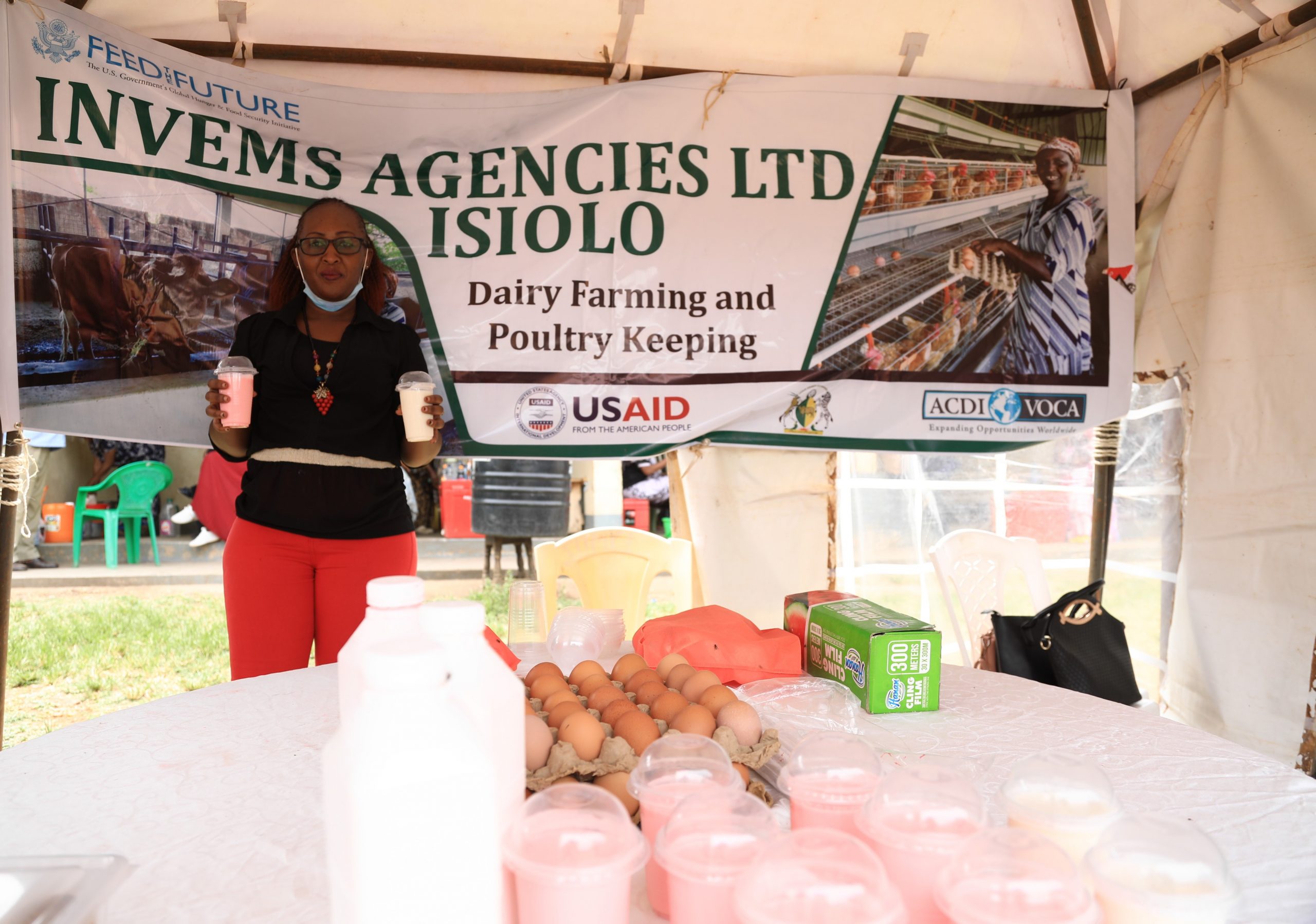
Several years ago, now 26-year-old Mary Mumbi moved from Nairobi to Kulamawe, in Northern Kenya’s Isiolo County, to help support her family’s two-acre farm. Despite graduating from Mount Kenya University in 2018 and securing her first job at a non-governmental organization, Mary decided she wanted to try her hand in the agricultural sector.
According to the Kenya Bureau of Statistics, in 2019, the country’s population steadily rose to more than 47 million. And a growing population means a growing demand for food, especially farm produce.
With this upswing and change in the nature of the demand for food, many young Kenyans like Mary are quitting their white-collar jobs and opting to farm as a viable source of income.
Food Demand Drives Young Professionals to Farm
Mary began to manage INVEMS Agencies Limited, a company owned by her family that produced and processed dairy products. She also ventured into chicken rearing for eggs and meat. Over the years, INVEMS has grown and serves as a model business for upcoming livestock farmers in Isiolo County.
To leverage the success of INVEMS, the Feed the Future Kenya Livestock Market Systems Activity invested in the local company by providing Mary and other employees with business mentorship and coaching in return for INVEMS offering exposure visits for other farmers.
“To boost the family business, which has, in time, become mine, [the Activity] has trained me on the adoption of best farming practices and the importance of having a strategic marketing plan.”
— Mary Mumbi, owner of INVEMS Limited
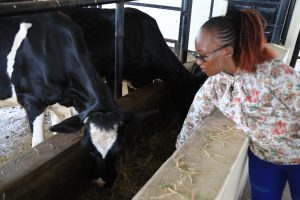
However, the company’s rise has not come without setbacks. Imported eggs have flooded the Kenyan market, and the rising cost of production has left many farmers struggling to realize profits. Despite the challenges in the sector, Mary does not regret the move. She generates income and supports her family’s financial and nutritional needs. “I’m now rearing over 2,000 chickens and a dozen cattle,” Mary said. “On a good day, I collect about 800 eggs and at least 100 liters of milk from the cows.”
This was not the first time the farm received USAID support. In 2016, the farm secured a business grant from the Feed the Future Kenya Resilience and Economic Growth in Arid Lands – Accelerated Growth (REGAL-AG) Activity, funded by USAID and implemented by ACDI/VOCA. With the grant, the business developed infrastructure necessitated by its expanded operations. The family constructed and equipped a dairy unit with the capacity to hold 16 cows and a poultry unit to hold 1,450 birds that made their current day-to-day operations possible.
Capacity Building Creates More Opportunities
With growth and improved production comes opportunities. Mary has since established Brighthope Farm Solutions, a subsidiary poultry farm rearing more than 2,000 birds, including chickens, ducks, and turkeys. She offers training at a fee to upcoming livestock farmers in her community and hopes to gain more access to external markets. Despite challenges, such as the current drought and a lack of raw materials to process animal feeds, Mary intends to expand to value addition. Her experimentation with making yogurt performed exemplarily. With her yogurt business slowly taking off, she now intends to produce cheese, butter, and ghee. She also hopes to get a machine that enhances the shelf life of her eggs.
According to Dr. George Wamae, a senior market systems specialist for the Activity, a large amount of money is often spent on imports for products that could be locally produced.
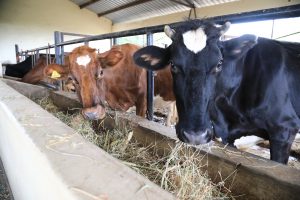
“In regard to food production, money ought to circulate within the local community to eradicate poverty, especially within the rural setup. There is a need to embrace social behavior change and diversification in production.”
— Dr. George Wamae, senior market systems specialist for the Activity
Such diversification, as Mary has shown, brings more income and market opportunities to local Kenyan livestock businesses, further expanding the local sector and bolstering economic growth.
Learn more about our work in Kenya.
About the Feed the Future Kenya Livestock Market Systems Activity
This is a United States Agency for International Development (USAID)-funded program through the U.S. government’s Feed the Future Initiative that addresses global hunger, food security, and agricultural livelihoods. The objective is to create resilient, competitive, and inclusive livestock systems to reduce the prevalence and depth of poverty, household hunger, and chronic undernutrition in Northern Kenya. The program builds on other USAID investments and deepens USAID’s commitment to Kenya’s Ending Drought Emergencies Framework, with a particular focus on strengthening diverse, viable economic opportunities, human capital, the natural resource base, and institutions that will drive economic development in Kenya’s arid lands. This framework also supports drought risk and knowledge management. The Activity works in the five counties of Garissa, Wajir, Isiolo, Marsabit, and Turkana.

